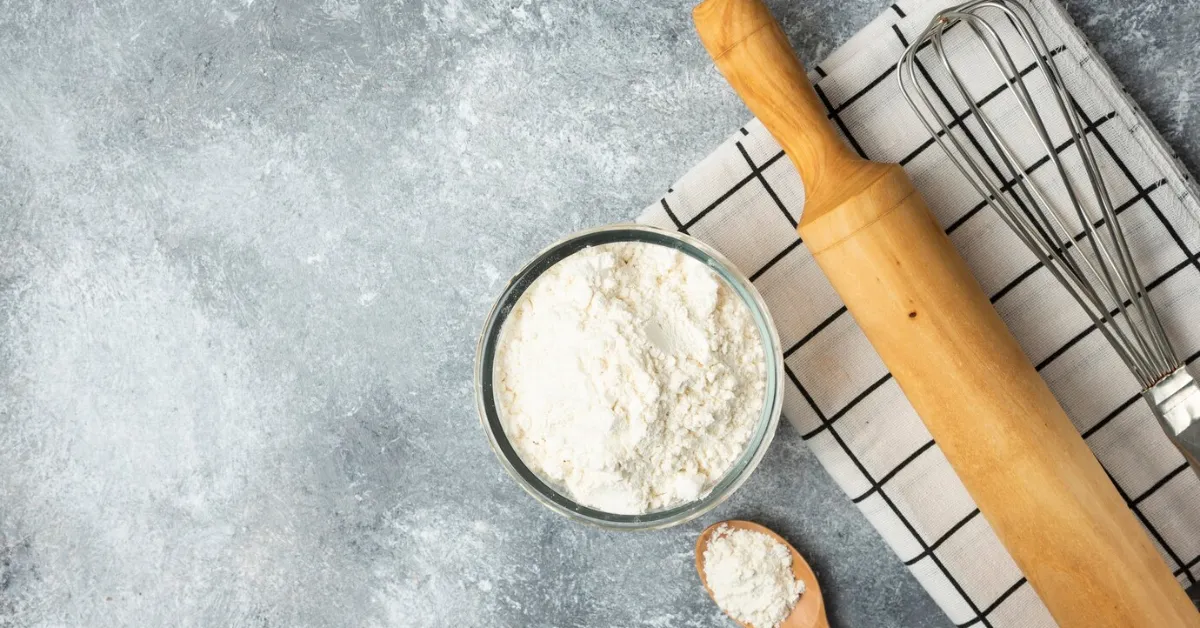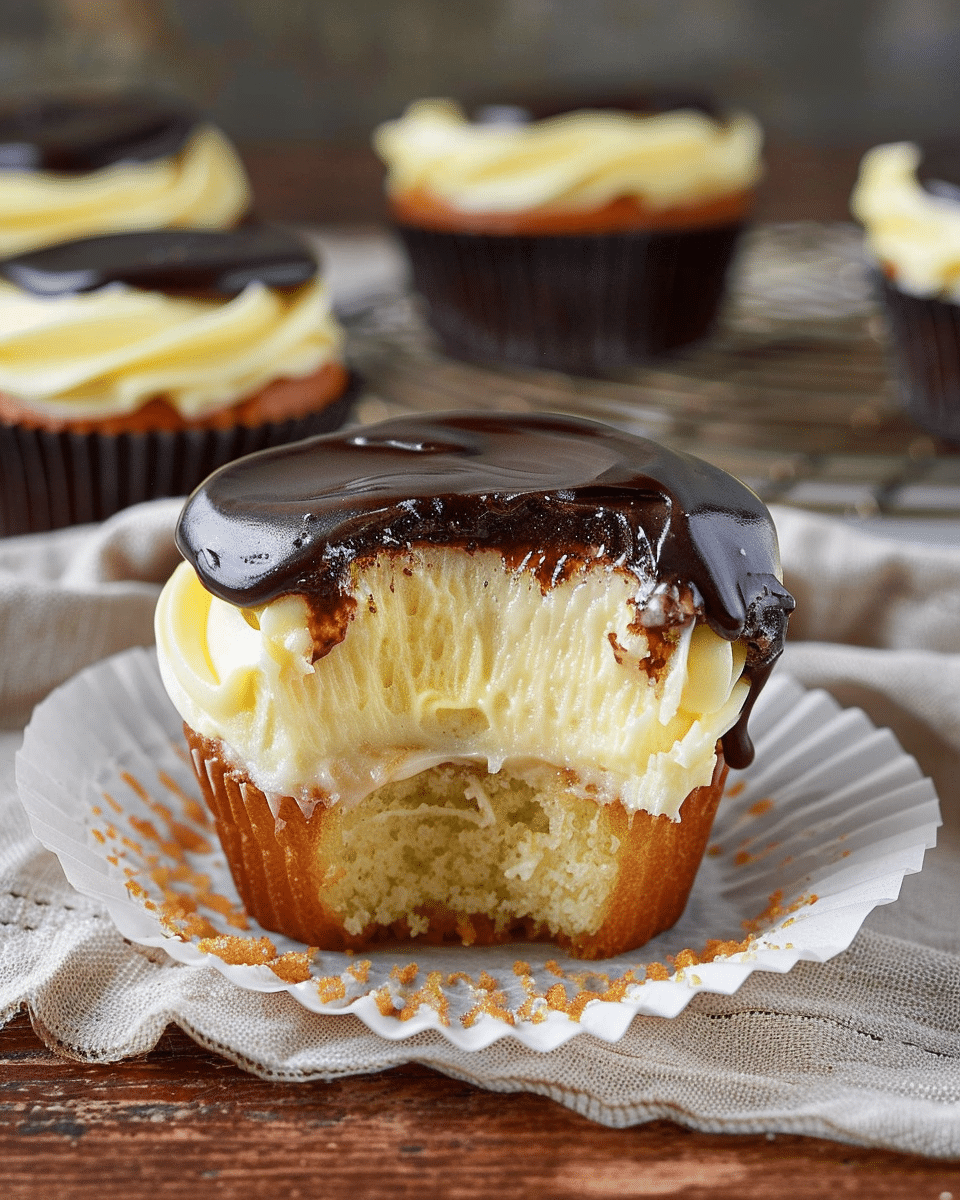If you love baking cakes, you might have come across recipes that call for cake flour. Cake flour is a finely milled flour that is low in protein, which makes it ideal for creating light and fluffy cakes. However, it is not always easy to find cake flour in your local grocery store. So, what can you do if you don’t have cake flour on hand?
Luckily, there are several substitutes for cake flour that you can use. These substitutes can produce similar results to cake flour and can be made easily with ingredients you probably already have in your pantry. In this article, we will explore some of the best substitutes for cake flour and how to use them in your baking. We will also discuss some factors to consider when substituting cake flour and the potential impact it can have on your baked goods.
Key Takeaways
- Cake flour is a low-protein flour that is ideal for creating light and fluffy cakes.
- There are several substitutes for cake flour that can produce similar results.
- When substituting cake flour, consider the protein content of the flour and the impact it can have on the texture of your baked goods.
Understanding Cake Flour
To better appreciate the role of cake flour in baking, it’s essential to have a deeper understanding of cakes. From the basic 5 main ingredients in cake to the nuances of different cake types, having a solid foundation can help you make better baking decisions.
If you’re an avid baker, you’ve probably come across the term “cake flour” in many recipes. Cake flour is a type of flour that is commonly used in cakes, pastries, and other baked goods. It’s known for its delicate texture and fine crumb, which makes it ideal for creating light and airy cakes.
Cake flour is made from soft wheat, which has a lower protein content than the wheat used in all-purpose flour. The lower protein content means that cake flour produces less gluten when it’s mixed with liquid. Gluten is the protein that gives bread its chewy texture, but it can make cakes tough and dense. With less gluten formation, cake flour produces a delicate and tender texture in your baked goods.
Cake flour is also milled to a finer consistency than all-purpose flour. This means that it’s lighter and fluffier, which helps to create a finer crumb in your cakes. The finer texture also helps cake flour to absorb liquid more easily, which can result in a moister and more tender cake.
When substituting cake flour for all-purpose flour in a recipe, keep in mind that cake flour has a lower protein content than all-purpose flour. To achieve a similar texture and crumb in your baked goods, you may need to adjust the amount of flour and liquid in the recipe.
In the next section, we’ll explore some of the best substitutes for cake flour if you don’t have any on hand.
Importance of Cake Flour in Baking
Cake flour is a staple ingredient in many baking recipes, especially cakes and pastries. It plays a crucial role in creating a light and airy texture in the final product. Here are a few reasons why cake flour is important in baking:
Lower Protein Content
Cake flour has a lower protein content than all-purpose flour. The protein content and gluten structure of cake flour are specifically designed to create a delicate and tender crumb in cakes. The lower protein content means that cake flour produces less gluten when mixed with liquid. Gluten is what gives dough its elasticity and chewiness, which is great for bread but not ideal for cakes.
Finely Milled
Cake flour is finely milled, which means that it has a finer texture than all-purpose flour. This finer texture allows cake flour to absorb more liquid and sugar, which helps to create a moist and tender crumb in cakes. The fine texture also ensures that the cake has a smooth and soft texture, making it easier to cut and serve.
Neutral Flavor
Cake flour has a neutral flavor, which means that it doesn’t add any distinct flavor to the final product. This is important when baking cakes and pastries that have a delicate flavor profile. Using all-purpose flour or other substitutes with a strong flavor can overpower the other ingredients in the recipe, resulting in a less desirable taste.
Substituting Cake Flour
If you don’t have cake flour on hand, there are several substitutes that you can use. All-purpose flour is the most common substitute for cake flour. However, using all-purpose flour will result in a denser and chewier texture in the final product. Other substitutes for cake flour include cornstarch, potato starch, and rice flour. These substitutes can be used in combination with all-purpose flour to create a texture similar to cake flour.
In conclusion, cake flour is an essential ingredient in creating light and airy cakes and pastries. Its lower protein content, fine texture, and neutral flavor make it ideal for delicate baked goods. If you don’t have cake flour on hand, there are several substitutes that you can use, but keep in mind that they may not produce the same results as cake flour.
Substitute for Cake Flour
If you don’t have cake flour on hand, don’t worry! There are several substitutes that you can use instead. Here are some options:
All-Purpose Flour and Cornstarch
One of the most common substitutes for cake flour is a mixture of all-purpose flour and cornstarch. To make this substitute, simply measure out 1 cup of all-purpose flour, remove 2 tablespoons of flour, and replace it with 2 tablespoons of cornstarch. Sift the mixture together to ensure that the cornstarch is evenly distributed throughout the flour.
This substitute works well for cakes that require a light, delicate texture, such as sponge cakes and angel food cakes. However, it may not be the best choice for cakes that require a denser texture, such as pound cakes.
Pastry Flour
Pastry flour is another good substitute for cake flour. It has a lower protein content than all-purpose flour, which makes it ideal for cakes that require a tender, crumbly texture. You can use pastry flour in a 1:1 ratio to replace cake flour in your recipe.
Bread Flour
While bread flour is typically used for making bread, it can also be used as a substitute for cake flour in a pinch. Bread flour has a higher protein content than cake flour, which will make your cake slightly denser and chewier. However, it can still be a good option if you don’t have any other substitutes on hand. Use bread flour in a 1:1 ratio to replace cake flour in your recipe.
Self-Rising Flour
If you have self-rising flour on hand, you can use it as a substitute for cake flour. Self-rising flour is a combination of all-purpose flour, baking powder, and salt, so it can be a good option if you don’t have any other leavening agents on hand. However, it may not be the best choice for cakes that require a delicate texture. Use self-rising flour in a 1:1 ratio to replace cake flour in your recipe.
Overall, there are several substitutes for cake flour that you can use in your baking. Keep in mind that each substitute will produce a slightly different texture, so choose the one that best fits your recipe’s needs.
Factors to Consider When Substituting
When substituting cake flour, there are several factors to consider to ensure that your baked goods turn out as intended. Here are some things to keep in mind:
Protein Content
Cake flour has a lower protein content than all-purpose flour, which makes it ideal for cakes and other delicate baked goods. When substituting, look for a flour with a protein content of around 8-9%. Some good options include pastry flour, all-purpose flour mixed with cornstarch, or a combination of cake flour and all-purpose flour.
Texture
Cake flour has a finer texture than all-purpose flour, which helps to create a tender and delicate crumb in baked goods. If you’re substituting with all-purpose flour, consider sifting it several times to remove any larger particles and create a finer texture.
Moisture Absorption
Cake flour has a higher moisture absorption rate than all-purpose flour, which helps to create a moist and tender cake. If you’re substituting with all-purpose flour, you may need to adjust the liquid content of your recipe to compensate.
Leavening Agents
Cake flour is often used in recipes that call for baking powder as the primary leavening agent, as it helps to create a light and fluffy texture. If you’re substituting with all-purpose flour, you may need to adjust the amount of baking powder used in your recipe to achieve the desired texture.
Recipe Specifics
It’s important to consider the specifics of your recipe when choosing a substitute for cake flour. For example, if you’re making a chocolate cake, you may be able to get away with using all-purpose flour since the cocoa powder will help to mask any differences in texture. However, if you’re making a delicate sponge cake, you may want to stick with a more traditional cake flour substitute to ensure the best results.
Potential Impact on Baked Goods
When it comes to baking, using the right type of flour can make all the difference in the final product. Cake flour is a low-protein flour that is specifically designed for making cakes. It has a finer texture and lower protein content than all-purpose flour, which results in a tender, delicate, and moist cake.
If you don’t have cake flour on hand, you may be wondering what you can use as a substitute. While there are several options available, it’s important to keep in mind that using a different type of flour can impact the texture, flavor, and overall quality of your baked goods.
For example, using all-purpose flour instead of cake flour can result in a denser, tougher cake with a coarser crumb. On the other hand, using a low-protein flour like cake flour in a recipe that calls for all-purpose flour can result in a cake that is too delicate and falls apart easily.
Potential Substitutes for Cake Flour
When choosing a substitute for cake flour, it’s important to consider the impact it will have on the final product. Here are some potential impacts of using different types of flour as a substitute for cake flour:
- All-purpose flour: All-purpose flour has a higher protein content than cake flour, which can result in a denser, tougher cake with a coarser crumb. However, it can be used as a substitute if you don’t have any other options available. To make your own cake flour substitute using all-purpose flour, see the section below.
- Self-rising flour: Self-rising flour is a type of flour that has baking powder and salt already added to it. It also has a lower protein content than all-purpose flour, making it a good substitute for cake flour. However, you may need to adjust the amount of baking powder and salt called for in the recipe.
- Pastry flour: Pastry flour is another low-protein flour that can be used as a substitute for cake flour. It has a similar texture and protein content to cake flour, but may be harder to find in stores.
- Cornstarch: Cornstarch is not a flour, but it can be used as a substitute for cake flour in a pinch. To make your own cake flour substitute using cornstarch, see the section below.
Overall, using a substitute for cake flour can impact the texture, flavor, and overall quality of your baked goods. While it’s not always ideal, it can be done in a pinch if you don’t have cake flour on hand. Just be sure to choose a substitute that is as close to cake flour as possible to minimize any negative impacts.
FAQs
How to make cake flour without cornstarch?
To make cake flour without cornstarch, you can use this simple method:
- Start with 1 cup of all-purpose flour.
- Remove 2 tablespoons of the all-purpose flour.
- Replace the removed flour with 2 tablespoons of potato starch or tapioca starch.
- Sift the mixture several times to ensure it’s well combined.
This will give you a close approximation to cake flour, which is known for its fine texture and low protein content.
What does egg do in cookies?
Eggs play several crucial roles in cookie recipes:
- Moisture: Eggs add moisture to the dough, which helps in the baking process.
- Binding: They act as a binder, holding all the ingredients together, ensuring the cookies don’t crumble apart.
- Leavening: Eggs help in the rising process, giving the cookies some lift.
- Flavor and Color: They contribute to the rich taste of cookies and give them a golden-brown color when baked.
What does cake flour do to cookies?
Cake flour affects cookies in the following ways:
- Texture: Due to its low protein content, cake flour results in cookies that are softer and have a more tender crumb compared to those made with all-purpose flour.
- Structure: Cake flour has a finer grain, which can make cookies slightly less sturdy than those made with all-purpose flour.
- Appearance: Cookies made with cake flour might spread less, resulting in a thicker cookie.
It’s worth noting that while you can use cake flour in cookie recipes, the end result might differ slightly from what you’re used to with all-purpose flour.
Can I use cornflour instead of flour?
Cornflour (or cornstarch in some regions) and flour serve different purposes in cooking and baking:
- Thickening: Cornflour is primarily used as a thickening agent in sauces, gravies, and custards. It provides a clear, glossy finish without adding any flavor.
- Baking: In baking, flour provides structure to baked goods, while cornflour does not have the same properties.
If a recipe calls for flour, it’s generally referring to wheat flour, which has gluten and provides structure. Replacing it entirely with cornflour can lead to undesirable results. However, in some recipes, a combination of flour and cornflour can be used to achieve a specific texture or consistency.
Conclusion
In summary, cake flour is a finely milled flour that is lower in protein content than all-purpose flour. It is specifically designed to help you achieve tender, delicate, and moist cakes. However, if you don’t have cake flour on hand, don’t worry! There are several substitutes that you can use instead.
The best substitutes for cake flour are all-purpose flour and cornstarch. You can make your own cake flour substitute by mixing all-purpose flour with cornstarch. For every cup of all-purpose flour, remove 2 tablespoons of flour and replace it with 2 tablespoons of cornstarch. Sift the mixture several times to distribute the cornstarch evenly.
Another substitute for cake flour is pastry flour, which is also lower in protein than all-purpose flour. However, it may be harder to find in stores than all-purpose flour or cornstarch.
If you are looking for a gluten-free substitute for cake flour, you can use a blend of gluten-free flours such as rice flour, potato starch, and tapioca flour. However, keep in mind that the texture of the cake may be slightly different than if you used cake flour or a cake flour substitute.
Overall, when substituting cake flour, it’s important to keep in mind that the texture and taste of your cake may be slightly different than if you used cake flour. However, with the right substitute and proper techniques, you can still achieve a delicious and moist cake that will impress your guests. For a delightful treat using cake flour, try our coconut cake recipe.









